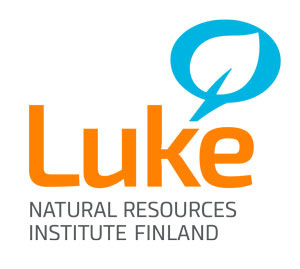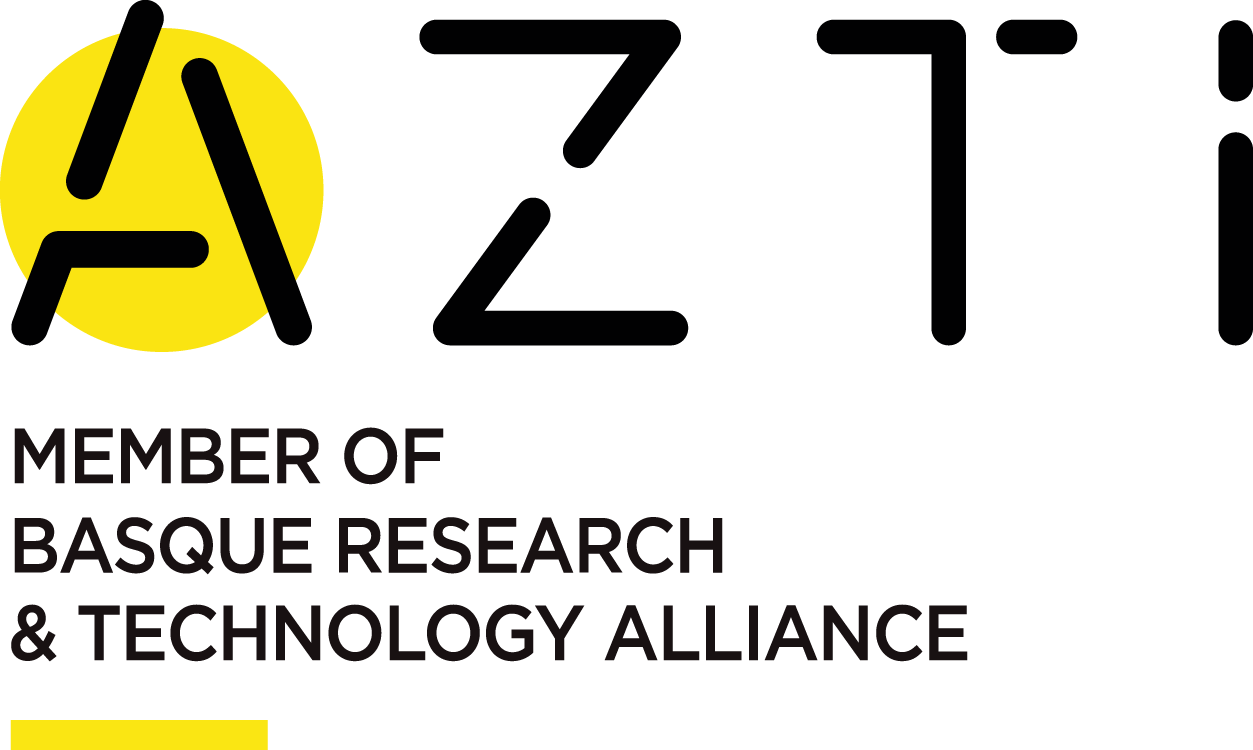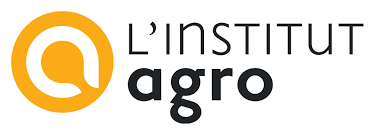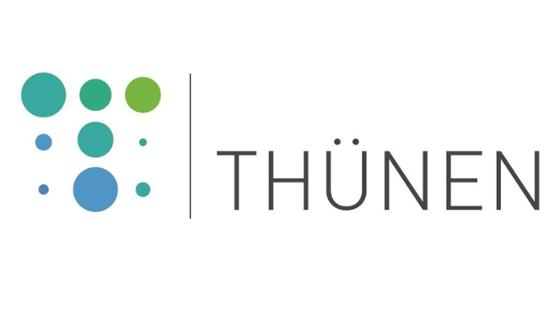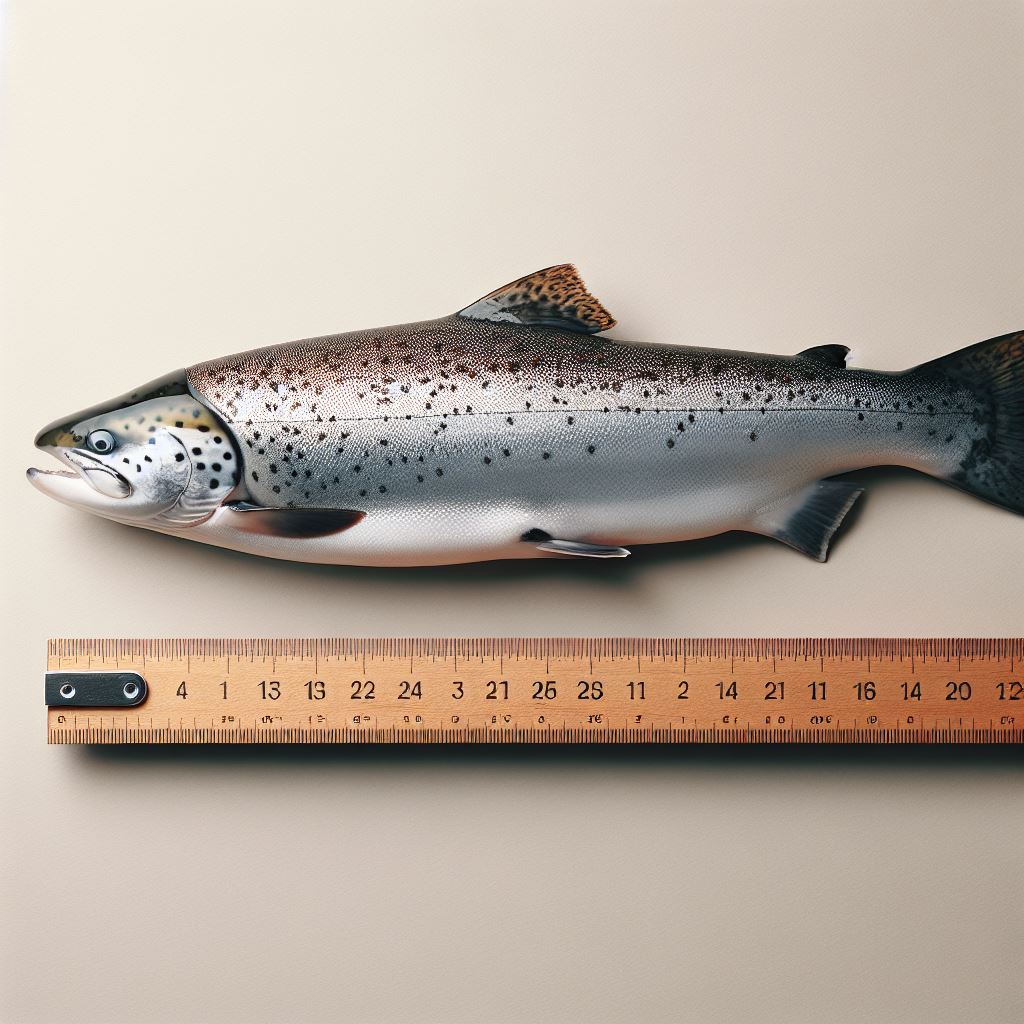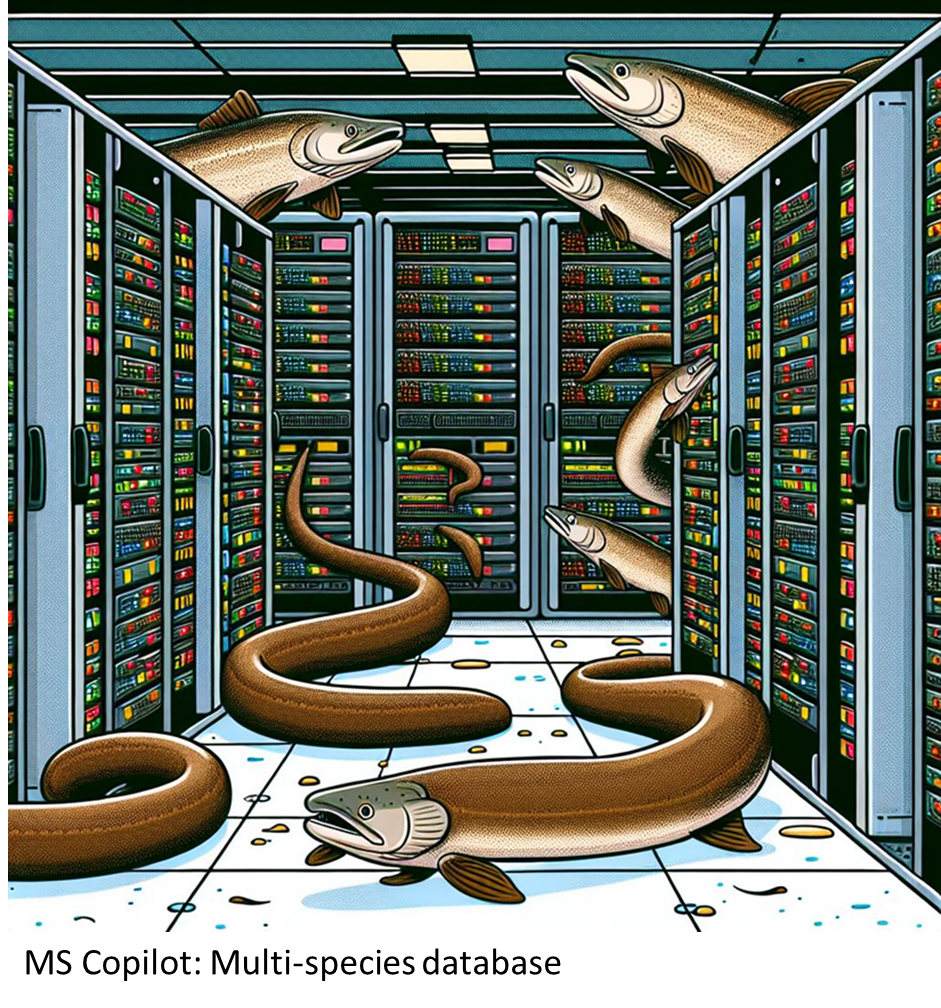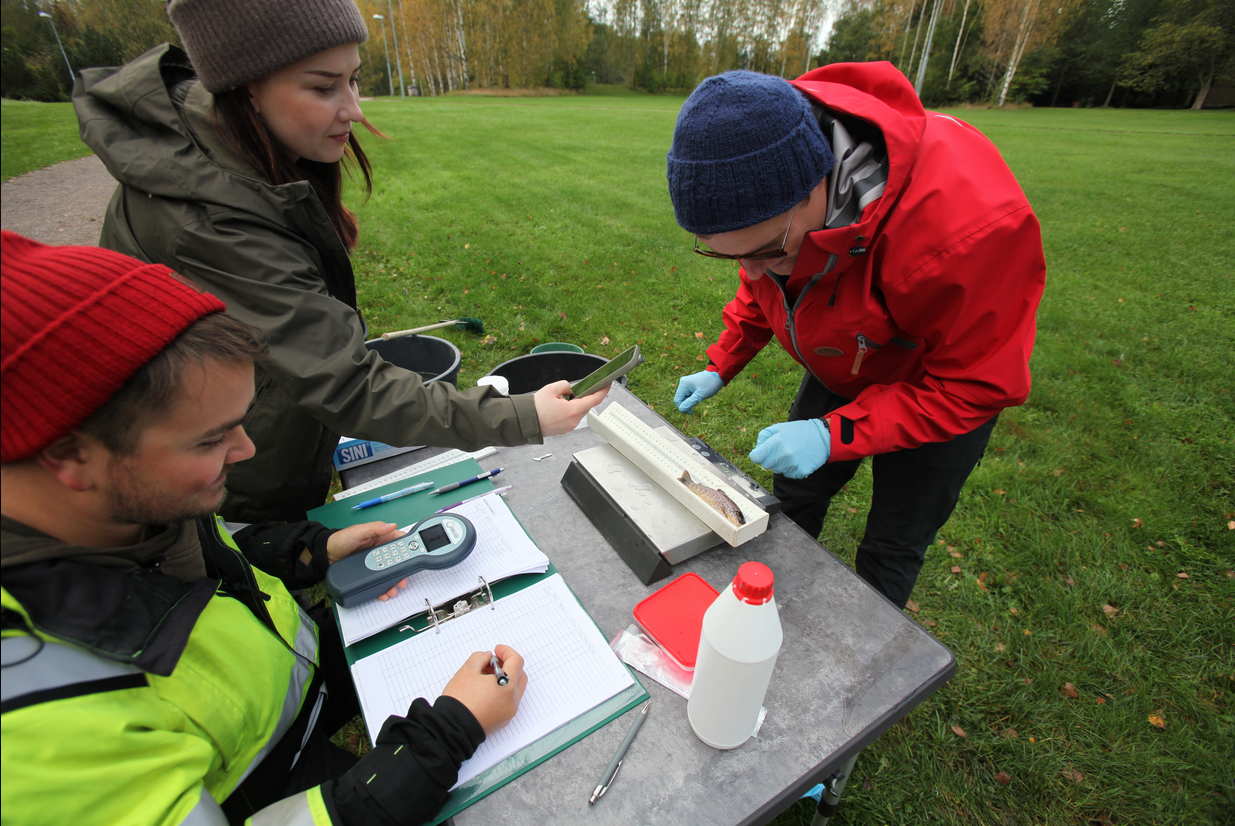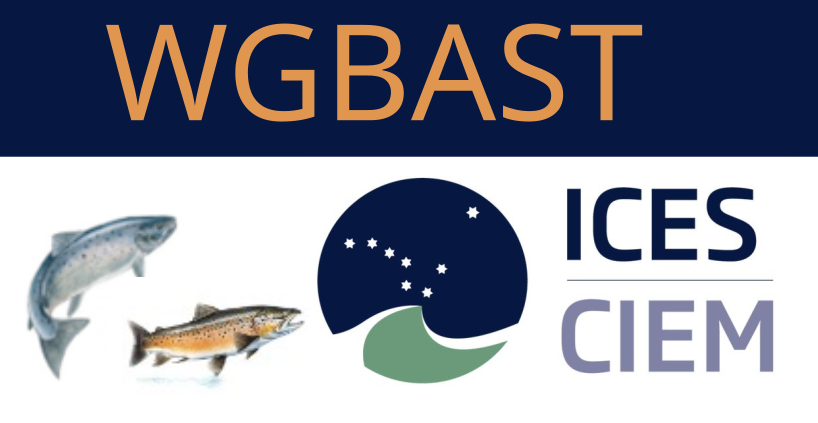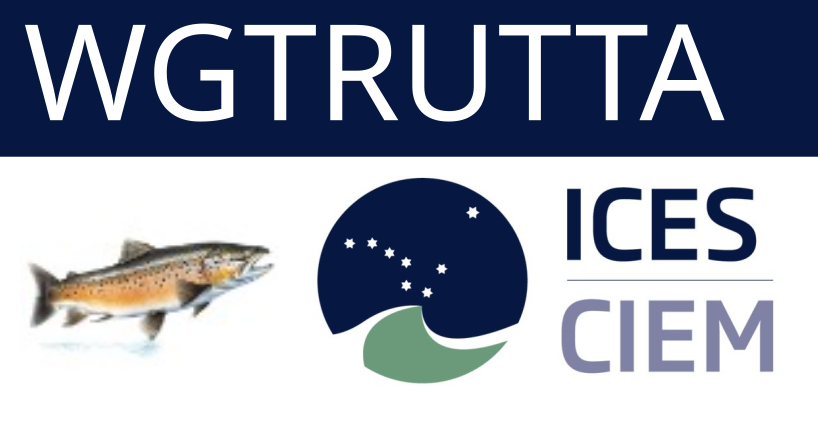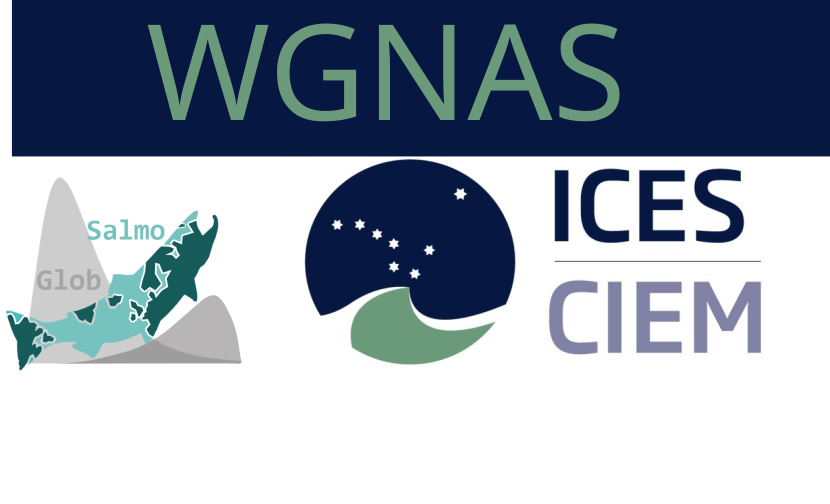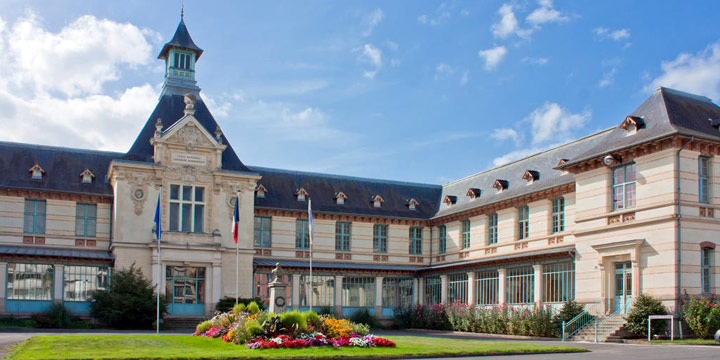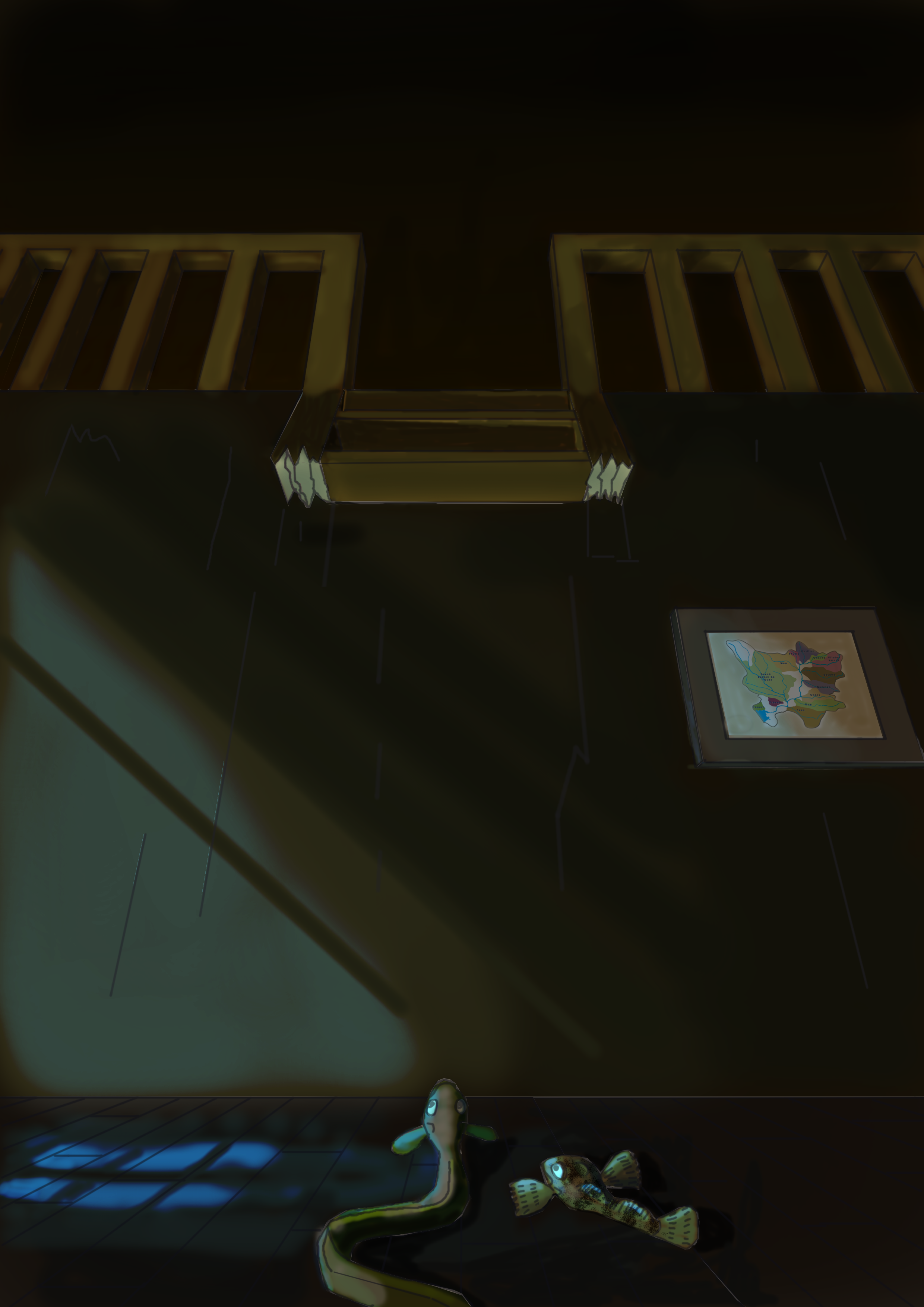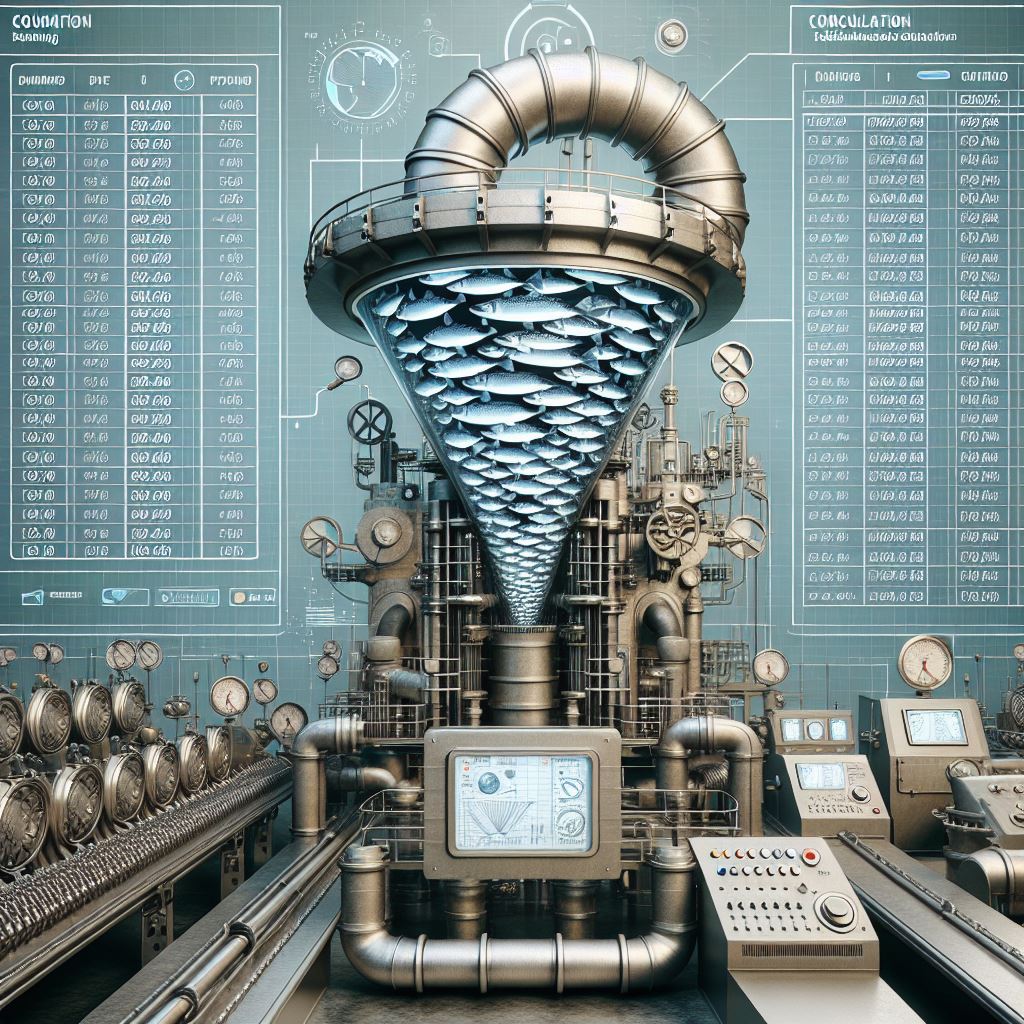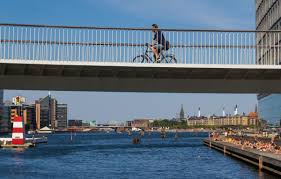Work Package 3 : Creating an international pan-European spatial database of migratory fish habitats to support a holistic and transparent assessment
Leaders
Cédric BRIAND - Eaux & Vilaine Jani HELMINEN - LUKE
Objectives
Holistic assessments of the species require the coordinated collection and storage of a great diversity of data on biological parameters, especially LHTs, and on the impact of fisheries and other anthropogenic mortalities, with a spatial resolution coherent with the needs of SSAMs. Traditional databases are not well suited to handle such a diversity of habitat and human impacts. Currently, both ICES WGEEL and WGNAS have developed “home-made” databases stored in local institutions, alongside interactive applications to explore and integrate the data. This situation is far from optimal in terms of operability, data availability, data security and transparency. Moving towards a transparent assessment framework (TAF) procedure requires simpler and more transparent ways of querying several central databases to get the raw data and do the assessment. The objective of this WP is to create database structures to store data to feed models that are currently in use, as well as data that will be useful in the future to support a holistic and transparent assessment. The Specific objectives are:
- Enhance and update scientific knowledge of eel and salmon stocks and the impact of fisheries and other human activities, by creating a continental habitat spatial database including an electrofishing, obstacles and LHT database dedicated to migratory species’ habitat. This database enhances our ability to assess and monitor the stocks and the impact of human activities, basin-wide mortality rates during migration, and our capacity to analyse life-history traits and supporting the implementation of regional GIS-based models and global stock models. This is a key step to move forward towards more regionalised and holistic EAFM.
- Optimise data collection and utilisation by centralising electrofishing, LHT and obstacles data from different sources currently decentralised and not systematically organised, residing across, regions, Member States, working groups and projects.
- Promote international cooperation and regionalised management by promoting collaboration with and among ICES, GFCM, EIFAC; RCM working groups to ensure the creation of database structures that efficiently handle data from various sources and formats.
- Adapt the scientific advice to the upcoming challenges with the monitoring of the impact of other human impacts such as river fragmentation. Contribute to a potential European obstacle inventory in the context of the free-flowing river target of the EU Biodiversity Strategy by creating a database with most relevant data on upstream and downstream passability of obstacles for various migratory species.
All of the tasks will be carried out in collaboration with ICES, GFCM and RBDES and with the aim to move towards a TAF. The goal is to build common databases for multiple migratory species, enhancing data collection and availability for assessment and monitoring purposes. DIASPARA aims to optimise data collection and facilitate the integration of LHT into models. While in the short term during the project, databases could be hosted by the institutes currently hosting WGEEL and WGNAS databases, discussions will be carried out with ICES and JRC to find the most appropriate long-term solution for the hosting.
At the bottom of the page, we list the reports and presentations made during the project. Seek for callout with a formatting similar to the one around this paragraph, that’s where we have posted questions in the report. Please give us your feedback, questions and remarks, send us mails, we’ll answer promptly. Cedric Briand cedric.briand@eaux-et-vilaine.bzh Jani Helminen jani.helminen@luke.fi Jules Oliviero jules.oliviero@inrae.fr


